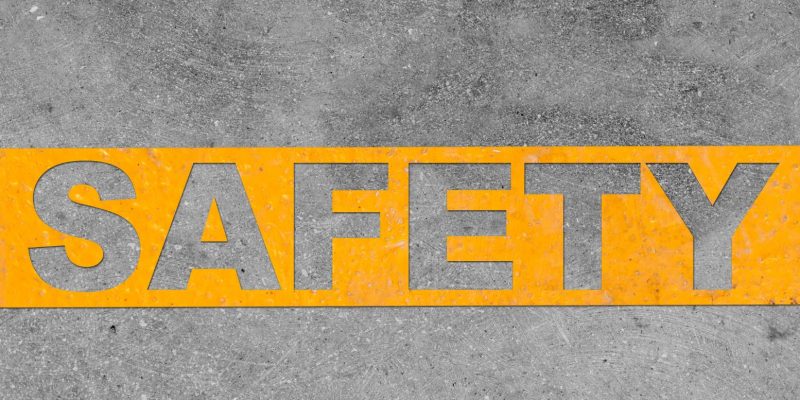I wouldn’t have quit the engineering career I loved had there been someone - ANYONE - in my employer’s organisation who I could have talked to about Imposter Syndrome.
You’ve probably heard the 1 in 10 figure from our research by now (the number of people in your team thinking about quitting due to Imposter Syndrome or burnout, every single day).
Well, I was one of the people who took action on that urge - and the decision was made over the Christmas break. I had my ‘basta-moment’ (my favourite Italian word - ‘enough!’) when I realised I couldn’t keep doing what I was doing, feeling what I was feeling, coping the way I was coping.
But I didn’t even know it was Imposter Syndrome.
I thought I was somehow broken, that I was the only one who felt that way.
Each day I went into the factory might be the day they ‘found me out’, that my luck would run out and they would realise I had been blagging it for years.
Had there been someone I could get support from - and an awareness that what I felt was normal (62%, daily or regularly) and that ***I could do something about it***...
… I wouldn’t have quit the career I loved…
… and I wouldn’t be doing the work I’ve now done for the past 20 years. So there is a silver lining.
But at the time it really, really hurt. I’m a naturally confident and optimistic person, but I ended up on antidepressants and it broke up my long-term relationship, as well as costing me my career.
All because there was no one for me to turn to for help.
That 1 in 10? We’re not making that figure up. They’re real people from our long-term research studies. Have a look around you in your next meeting and see if you can guess who it might be.
The thing is, you won’t.
Because people put so much effort into hiding the fact that they’re struggling with Imposter Syndrome.
Imposter Syndrome is a shame thing.
And, no, when they go ahead and quit, they don’t wave banners and sing about Imposter Syndrome being the cause. They do things like:
They’re often your rising stars. And you're left wondering why they quit.
When you have Natural Resilience Method® Practitioners in your organisation, they have the skills to go beyond ‘tea and sympathy’. They can support the vast majority of people who are experiencing Imposter Syndrome or heading towards burnout.
It's about prevention, rather than coping, or 'catch and pass in a crisis', as it is with Mental Health First-Aiders.
Plus There's An Incredible Bonus:
Practitioners can recoup the cost of training them by helping just one person. That’s an incredible ROI.
For example, here are some common results we’ve seen over the past couple of years:
There's A Block, Though:
One of the things that holds organisations back from just pressing ‘go’ on this is worrying about how it fits within their wider L&D, personal development, ED&I and wellbeing strategies.
They can tie themselves up in perfectionism-based knots on that for years, meanwhile every single day, 1 in 10 is thinking about quitting.
Or you could just send your first delegates onto the January cohort and you’ll have people qualified to start offering this deep level of support by Easter - while you figure out the rest.
Here's where to find out more about the certification options and how to apply.
Need To Convince The Budget-Holder?
We've used our landmark research studies to create an online calculator for you to estimate what burnout and Imposter Syndrome are costing your organisation. It's free - my gift to you - and there's no opt in, and we don't see any of the numbers you put in.
Here's where to find the imposter syndrome costs calculator.
And here's a budget-holder-ready prospectus for the Natural Resilience Method® Practitioner course.








